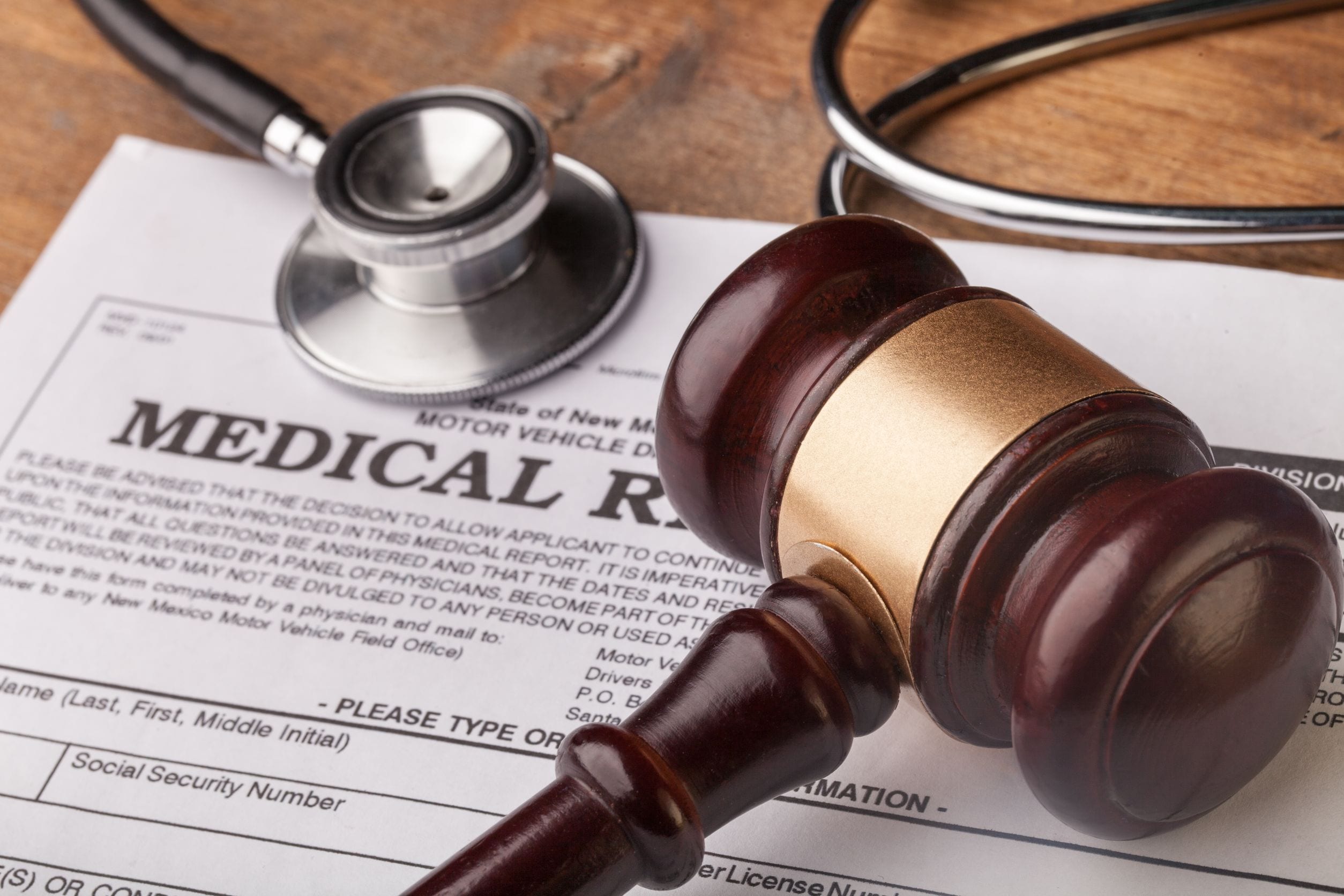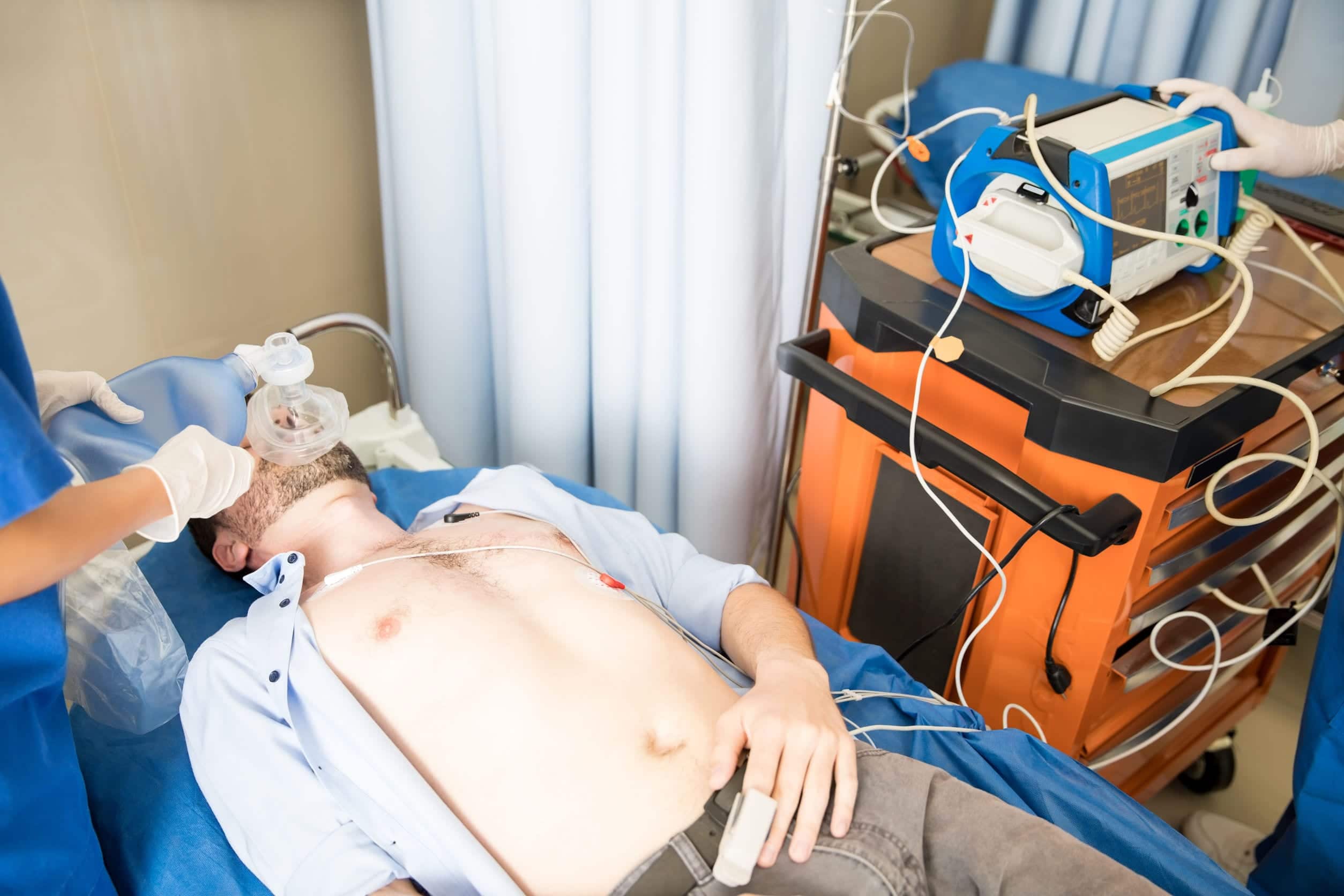What Minnesotans Should Know About the Risks of Ventilators
When it comes to COVID-19, it seems as if frightening information is constantly surfacing in the media. Take, for instance, the Journal of the American Medical Association study from April 2020.
In this study, it reported that 88 percent of COVID-19 patients in New York that were put on ventilators died. Luckily, this isn’t data that has been replicated elsewhere, even with COVID-19 patients who must be placed on ventilators.
Still, getting placed on a ventilator is frightening and can itself leave you with lifelong damage once you’ve recovered from illness. Treatment on a ventilator requires an expert, trained hand and mistakes do happen that leave patients with injuries.
If you’ve suffered damages from a ventilator due to medical malpractice, here’s what you need to know.
Common Ventilator Injuries
A ventilator is used to provide oxygen to people who cannot breathe on their own. If used properly, a ventilator can save lives, but when used improperly they can lead to injuries and even death. Some of the complications that can be experienced when a ventilator is in use include:
Infection
The breathing tube used to deliver oxygen to the lungs also make the perfect highway for germs. Ventilator use does increase the risk of infection and the longer one needs to be on a ventilator, the greater the chance of infection.
Lung Injury
Ventilators can also cause damage to the delicate tissues of the lungs. The repetitive motion of opening and collapsing the small air sacs in the lungs or over-inflating the lungs with a ventilator can cause damage the body must recover from in addition to the sickness that required the patient to be placed on a ventilator in the first place.
Hypoxic Brain Injury
A hypoxic brain injury is when the brain is damaged because it doesn’t get the oxygen it needs. These injuries do occur on a ventilator and are almost always preventable.
Reasons for Ventilator Injuries
When an injury occurs on a ventilator it may simply be because of illness, but it can also be because of other factors such as:
- Staffing issues – If there are caregivers that don’t have proper training on ventilator operation or cannot recognize that a patient may need more support, then injury can occur
- Communication issues – When communication breaks down between staff at a hospital or care center, then valuable information about patient care can be omitted to the detriment of the patient
- Equipment issues – If the alarms on the ventilator are set incorrectly or turned off, then that can lead to patient injury and even death
These are just a few of the most common causes of patient injuries that can lead to medical malpractice claims involving ventilators.
Filing a Ventilator-Related Medical Malpractice Claim
In Minnesota, filing any medical malpractice claim is governed by a statute of limitations. That means that you only have so long to file a lawsuit, four years before you will be unable to take action forever.

The clock starts from the date of the injury or when the action that injured the patient occurred. That said, it may be months or even years before someone realizes they’ve been a victim of medical malpractice, so it’s important to start the legal process as soon as you can.
Luckily, the discovery rule allows for some exceptions where the clock for the statute of limitations doesn’t begin counting until the day the patient knew or should have known the injury occurred.
About the Author:
Andrew T. Poole is a Minnesota native who has served in the Army for more than 18 years and is currently a JAG lawyer in the Army Reserves in addition to serving as a partner at LaCourse, Poole & Envall. He has handled thousands of criminal and family law cases over the course of his career and has a firm belief that all hardworking Minnesotans should be entitled to the best possible legal counsel. Mr. Poole boasts a 10/10 Superb rating on Avvo, is Lead Counsel rated, and has been recognized multiple times by SuperLawyers, National Trial Lawyers, and others for his work.
















